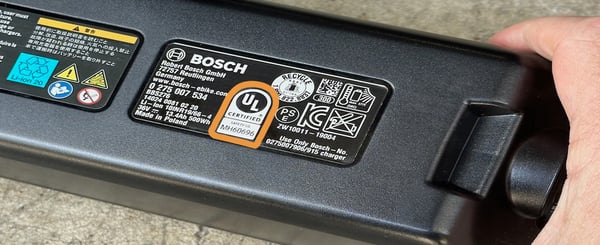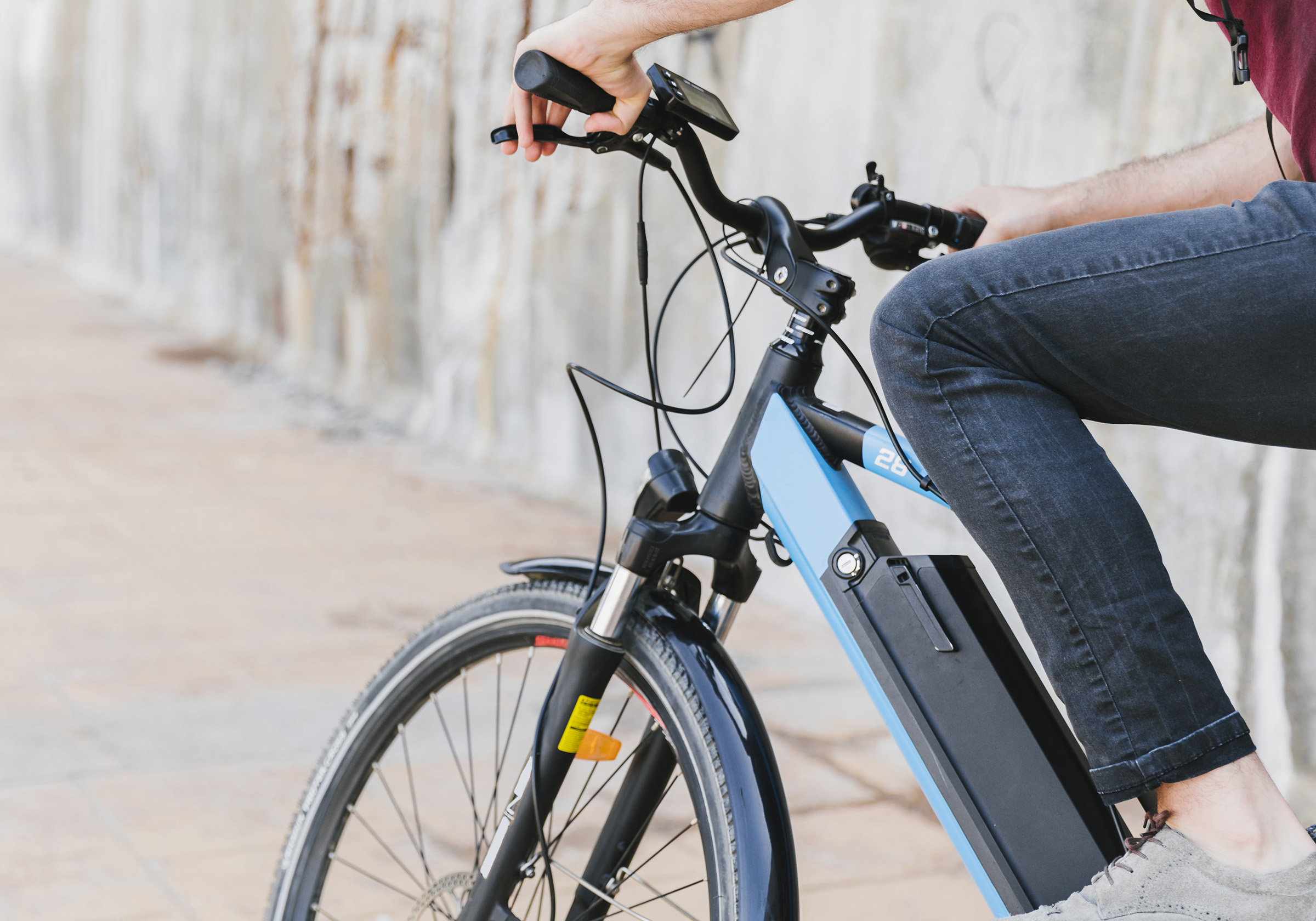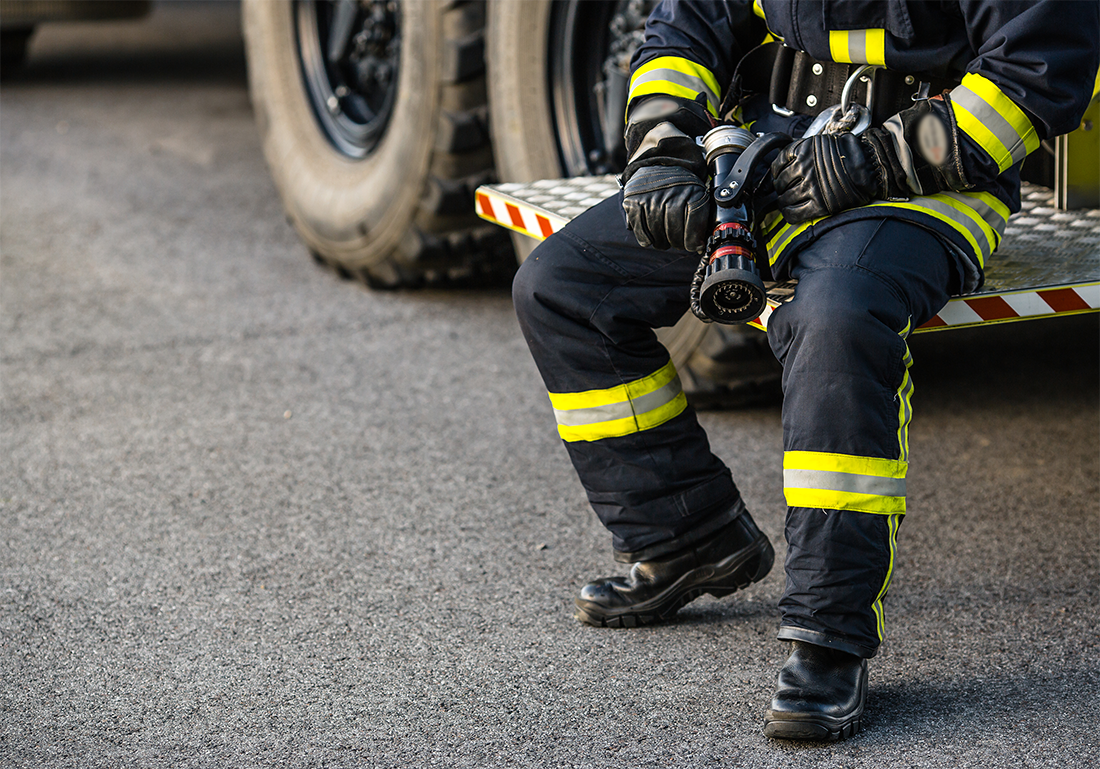Harmless efficient mobility or menacing threat?
Trouble on campus
Students are back on campus but something is different this year: several institutions have made it clear that while students are welcome, their e-bikes are not. 1
Leading the way in the push to ban the electric bike, Yale University will no longer allow students to store or ride their e-bikes and other micro mobility devices (MMD) within residential spaces. According to Ronnell A. Higgins, Associate Vice President of Public Safety and Community Engagement at Yale, “although these devices have become a popular way for getting around campus, storing or charging them in densely populated residential spaces poses a severe fire and safety hazard.”2
Other schools, including Boston College and Fordham University, have enacted similar bans.3,4
What is making these institutions nervous?
Danger on two wheels
The two primary concerns for universities are the increased likelihood of collision and fire. According to a letter from Boston College administrators, “faculty, staff, and students have reported near-collisions – and recharging lithium batteries in such vehicles has resulted in numerous fires […] in apartment buildings that were caused by overheated batteries.”5
In fact, lithium-ion batteries that power e-bikes and scooters have been linked to multiple fires, extending far beyond university campuses.
In June 2023, a massive blaze consumed an e-bike repair shop in New York City, killing four and leaving two others in critical condition.6 In New York City, fire incidents related to lithium-ion batteries grew from 30 in 2019 to 220 in 2022, and as of mid-July 2023, 108 fires and 13 fatalities were attributed to lithium batteries, according to data from the FDNY.
Phones, computers, and many other devices use lithium-ion batteries, but most pose little risk. Because e-bikes require more power to operate, the lithium batteries used are much larger and hold more energy than conventional, smaller batteries. If a large lithium battery catches fire, it has a lot more energy stored up to fuel the flames, causing prolonged chain reactions which can more easily result in structural fire and loss.
To learn more about why lithium-ion batteries are so dangerous, check out our article on the hidden danger of green energy, The Hidden Risk of Green Energy.
Relatively speaking, electric mobility devices like e-bikes and scooters are in their early development, and the industry remains mostly without safety standards. And while schools may be banning e-bikes, or mandating their registration with campus officials, these devices are only growing in popularity.

Regulation is lacking and insurers can do little to identify new users to ensure proper coverage. Instead, the insurance industry must rely on education to help inform their potential insureds. 7
Keeping it safe
Lesson #1: Not all batteries are built the same.
According to Chris Cramer, the senior vice president and chief research officer at Underwriting Laboratories (UL), lithium-ion batteries can be perfectly safe, if they are manufactured properly. Therefore, it’s important for consumers to understand that they get what they pay for: trusted manufacturers and established retailers are far safer than cheap alternatives.

When in doubt, check to see that the product they are considering buying meets UL safety and testing standards, denoted by the UL symbol on the packaging.
Lesson #2: Taking charge
There are several measures you can take to mitigate the risks associated with charging lithium batteries:8
- Avoid obstructing your exit with charging batteries, e-bikes, or e-scooters, as this could prevent a safe evacuation in the event of a fire. Whenever possible, store them in a shed or garage away from sleeping and living areas.
- Never leave your battery unattended during the charging process, whether you're away or asleep.
- Only use the appropriate charger for your specific battery.
- Allow your battery to cool down before initiating the charging process.
- Remember to unplug the charger once the battery has completed its charging cycle.
- Install smoke alarms in the vicinity where you charge your batteries to enhance safety measures.
Lesson #3: Treat your battery well
Batteries are a bit like people: keeping good health requires smart practices and regular checkups. If a battery is showing symptoms of distress – odd smells or unusual heat – take it in for service and repair. Always be vigilant for warning signs; here is a fantastic resource for determining whether danger is imminent.
Lesson #4: Proper disposal
Quality batteries that are well maintained are unlikely to cause owners major issues. However, even the best-treated batteries die; when it’s time to retire an old battery, it’s important to discard it the right way.
Never throw a lithium-ion battery directly in the trash – this is a recipe for fire. Instead, utilize qualified recycling centers. Not only does recycling reduce potential hazards, it allows for core components found in e-bike batteries to be repurposed into the future.
Lesson #5: Riding in style
E-bikes occupy a somewhat ambiguous in vehicular transport. They’re not a bicycle (fully human powered) and they’re not a motorcycle (fully engine powered), but they trend toward the fully engine powered quality of a motorcycle while being treated both socially and legally as a bicycle.
Because of this, e-bikes are often found in places that are commonly reserved for bikes and foot traffic, namely sidewalks and pedestrian areas. When operating one of these vehicles, it’s imperative that users be conscious of the space they are navigating. Crashes involving e-bikes are increasing, and riders have a responsibility for awareness and to share the road as safely as possible.
And remember, always wear a helmet!
Conclusion
E-bikes offer an efficient and eco-friendly way to navigate urban landscapes, but owners must be aware of the potential fire risks associated with these vehicles. Insurers can also play a critical role in providing valuable safety and protection resources to their customers.
[1] Bicycling, https://www.bicycling.com/news/a44939681/colleges-ban-ebikes-on-campus/
[2] Yale, https://view.message.yale.edu/
[3] Boston Globe, https://www.bostonglobe.com/2022/12/08/metro/boston-college-bans-e-scooters-other-electronic-transportation-devices-campus/
[4] The Fordham Ram, https://thefordhamram.com/89089/news/fordham-bans-e-scooters-and-e-bikes/
[5] Boston College, https://www.bc.edu/content/bc-web/bcnews/campus-community/announcements/e-scooter-policy-change.html
[6] Institute for Energy Research, https://www.instituteforenergyresearch.org/renewable/lithium-ion-battery-fires-abound-in-new-york-city/
[7] Washington Post, https://www.washingtonpost.com/technology/2023/06/30/ebike-fire-prevention-tips/
[8] London Fire, https://www.london-fire.gov.uk/safety/lithium-batteries/charging-electric-bike-and-electric-scooter-lithium-batteries/








